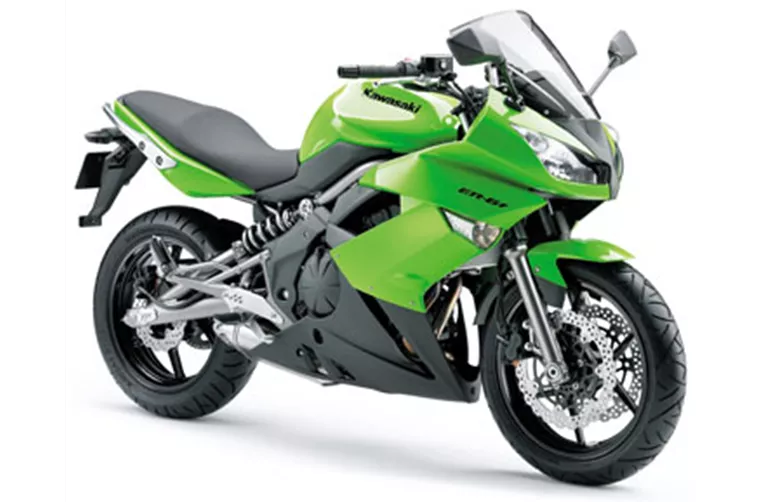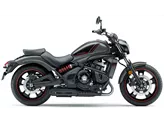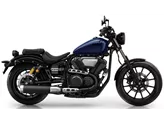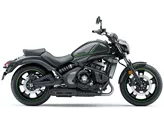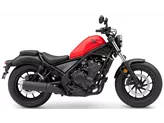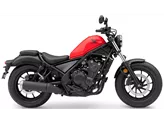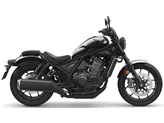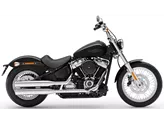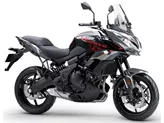Kawasaki ER-6f 2009 vs. Kawasaki Vulcan S 2015

Kawasaki ER-6f 2009

Kawasaki Vulcan S 2015
Overview - Kawasaki ER-6f 2009 vs Kawasaki Vulcan S 2015
The Kawasaki ER-6f model year 2009 and the Kawasaki Vulcan S model year 2015 are both motorcycles from Kawasaki, but they have some notable differences.
In terms of engine specifications, both models have an in-line engine with the same bore and stroke measurements of 83mm and 60mm respectively. They also have the same engine displacement of 649cc and are both liquid-cooled. However, the ER-6f has a slightly higher engine power of 72 HP compared to the Vulcan S which has 61 HP. The ER-6f also has a higher torque of 66 Nm compared to the Vulcan S which has 63 Nm. Both models have 2 cylinders and 4-stroke engines.

Kawasaki ER-6f 2009
In terms of chassis, both models have a steel frame which provides stability and durability. The ER-6f has double disk brakes at the front, while the Vulcan S has a single disk brake at the front. This may affect the braking performance of the two models. The ER-6f has a front tire diameter of 17 inches, while the Vulcan S has a slightly larger front tire diameter of 18 inches. Both models have a rear tire diameter of 17 inches.
In terms of dimensions and weights, the ER-6f has a seat height of 785mm, while the Vulcan S has a lower seat height of 705mm. This may make the Vulcan S more accessible to riders with shorter legs. The ER-6f has a fuel tank capacity of 15.5 liters, while the Vulcan S has a slightly smaller fuel tank capacity of 14 liters.
Now let's discuss the strengths and weaknesses of each model. The ER-6f 2009 is known for its powerful sound, mobility, reasonable price, visually sophisticated design, and safe riding experience. It is also considered beginner-friendly, making it a good choice for riders who are just starting out. However, some riders may find the 72 HP power output of the ER-6f to be lacking.

Kawasaki Vulcan S 2015
On the other hand, the Vulcan S 2015 has a rev-happy engine that performs well in both high and low rev ranges. It also has a decent brake system with ABS for added safety. The Vulcan S has an idiosyncratic look that sets it apart from other motorcycles, and it features a narrow rear tire which makes it more maneuverable. The Ergo-Fit system of the Vulcan S allows for optimum adaptation to the rider, ensuring a comfortable riding experience. However, the Ergo-Fit system comes at an additional cost. The Vulcan S also has moderate wind protection and the gear indicator is only available as an option.
In summary, the Kawasaki ER-6f 2009 and the Kawasaki Vulcan S 2015 have similar engine and chassis specifications, but they have some differences in terms of power output, braking system, seat height, and fuel tank capacity. The ER-6f is known for its power and beginner-friendly features, while the Vulcan S offers a rev-happy engine, unique design, and customizable ergonomics.
Technical Specifications Kawasaki ER-6f 2009 compared to Kawasaki Vulcan S 2015
Pros and Cons in comparison
Pros and Cons in comparison
Kawasaki ER-6f 2009
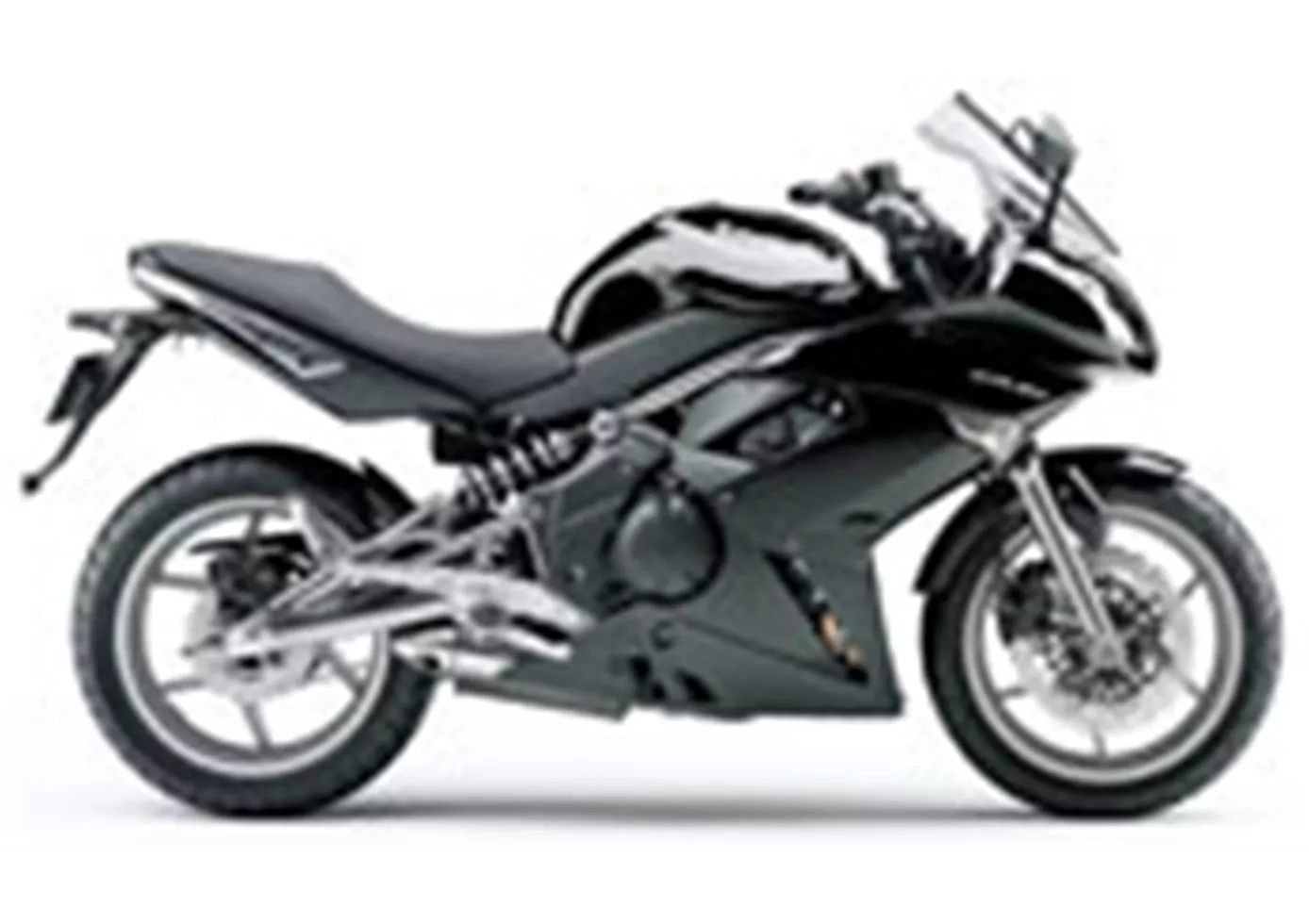
Regardless of whether you take it on the dull way to work or on extended tours, the comfortable seating position, the quiet, low-vibration in-line two-cylinder and the agility in the angular movement bring riding pleasure in every situation.
Kawasaki Vulcan S 2015

The Vulcan S is reinvigorating the "small" mid-size cruiser scene - not only because of its unique design, but also because it is so easy to ride and is aimed at beginners. The low seat height and the narrow saddle help the rider to stand securely on the ground, while the low centre of gravity also makes for easy and safe handling. The engine also fits in well with the uncomplicated appearance, can be revved up decently from 2000 rpm and only stops at around 10,000 rpm - something that has never been seen before in a cruiser. The "Ergo-Fit" system, which varies the seat height, the rider's distance from the handlebars and the footrests, costs extra but also allows the Vulcan S owner generous customisation options.
Price Comparison Avarage Market Price Kawasaki ER-6f vs Kawasaki Vulcan S
There are a few key differences between a Kawasaki ER-6f 2009 and a Kawasaki Vulcan S 2015. It takes less time to sell a Kawasaki ER-6f with 70 days compared to 75 days for a Kawasaki Vulcan S. Since model year 2006 1000PS.de editors have written 7 reviews for the Kawasaki ER-6f and 13 reviews for the Kawasaki Vulcan S since model year 2015. The first review for the Kawasaki ER-6f was published on 25/01/2006 and now has more than 30,200 views. This compares to more than 14,800 views for the first review on Kawasaki Vulcan S published on 16/10/2014.
